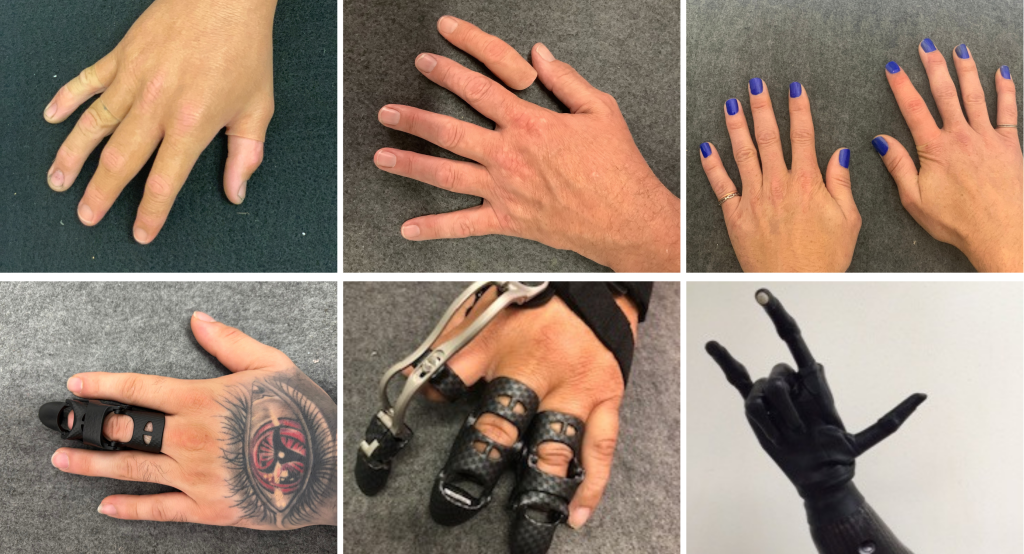Upper Limb Prosthetics
Southern California's Leader
You are one of a kind — your prosthetic should be too.
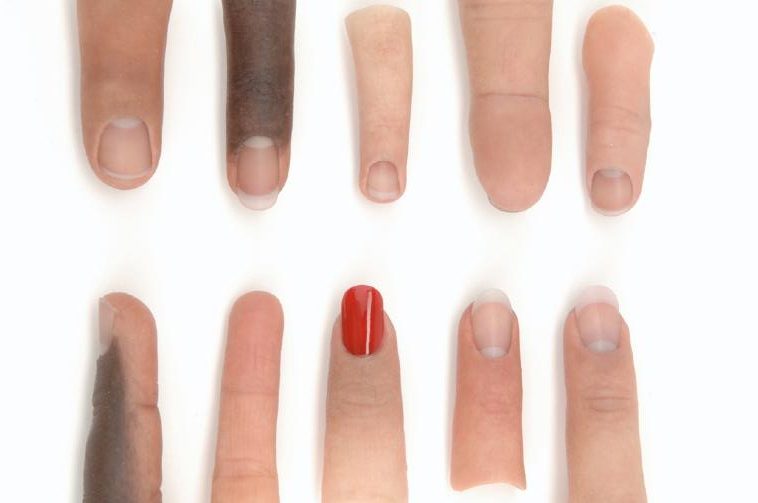
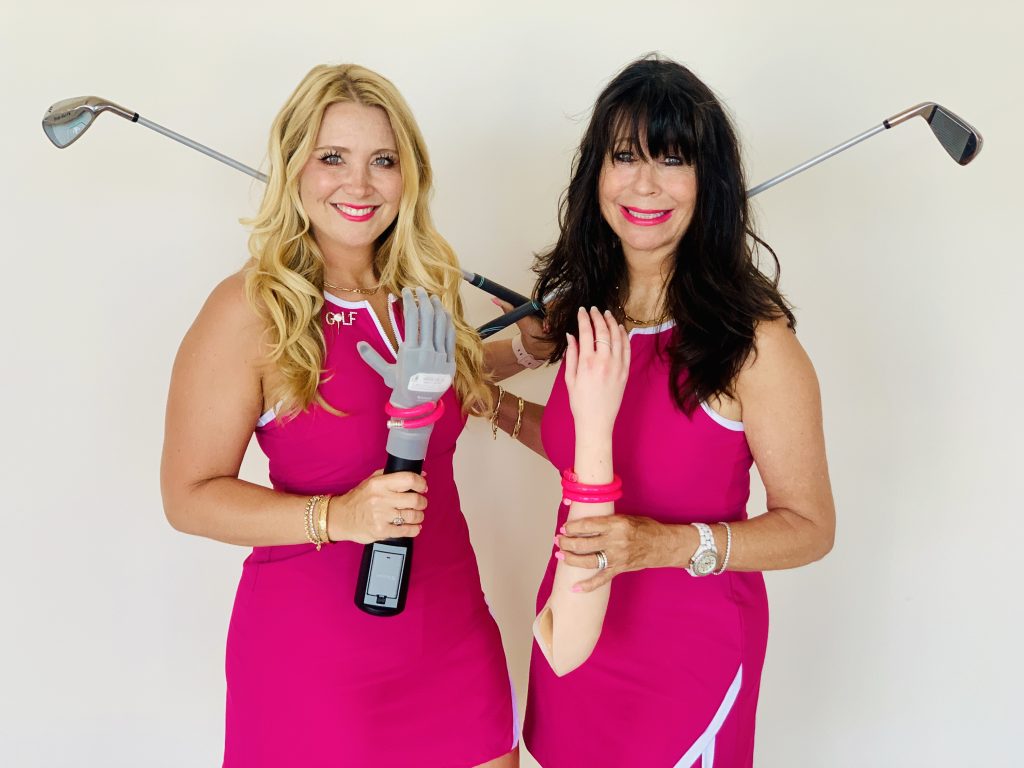
about us
A helping hand
At Bross and Associates, we understand that adjusting to life after an amputation involves both physical and emotional challenges. That’s why we take a holistic approach—seeing each person as more than a client. Our goal is to support healing from the inside out, restoring confidence, comfort, and a sense of wholeness.
From silicone to biomechanical prosthetics, our solutions restore function and confidence. Using advanced technology and lifelike detail, our prosthetics offer comfort, protection, passive and active function. More than a device, each prosthetic supports emotional healing and helps clients move forward with dignity and renewed sense of self.
Prosthetic Solutions
Realistic Look
All our prosthesis are custom made using state-of-the-art technology for proper fit, likeness, character, and color. The prosthesis helps to transfer vibrations, keep warm, and to protect delicate tissue at the site of the amputation.
Prosthesis are handcrafted from high definition silicone and hand-painted to match skin tone including freckles, hairs, and tattoos with realistic fingernails.
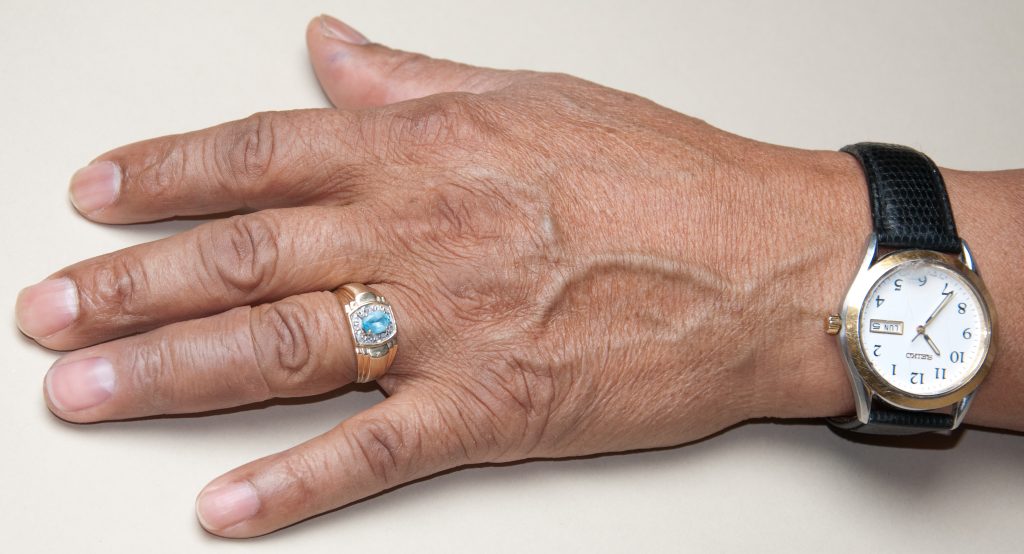
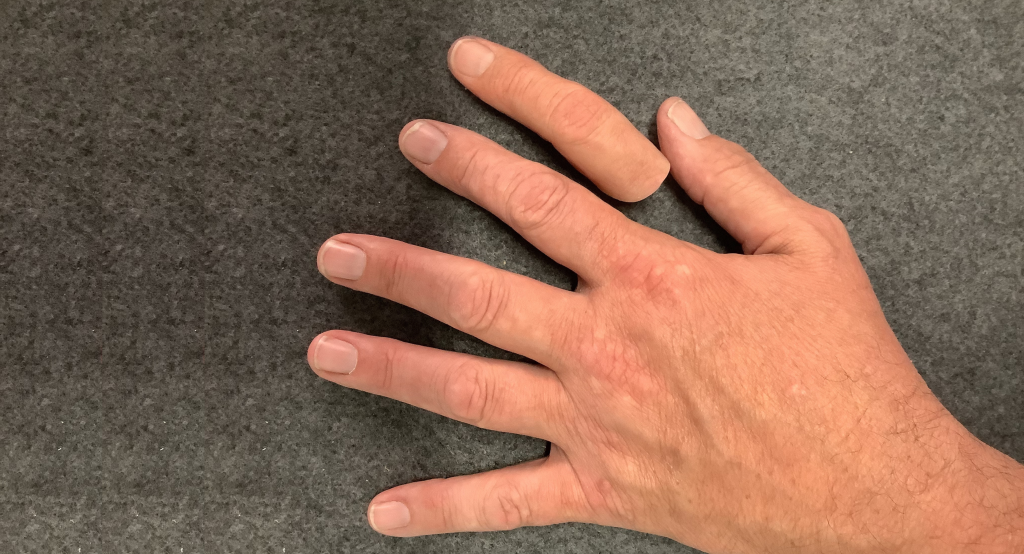
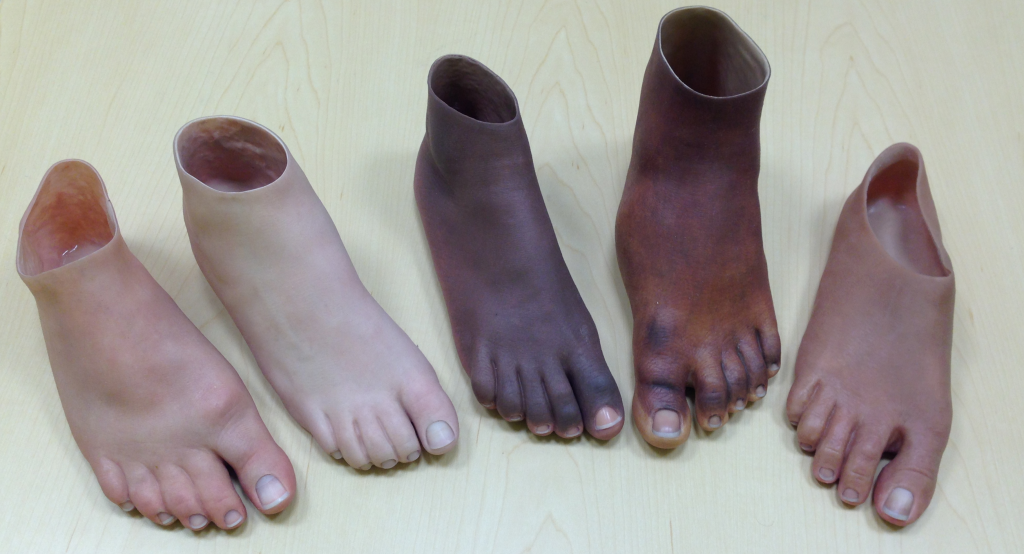
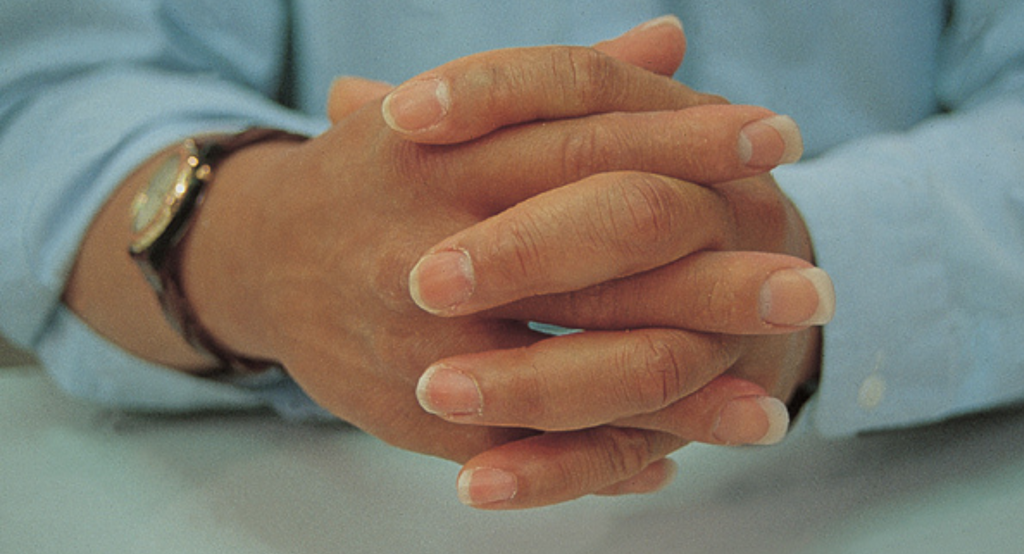
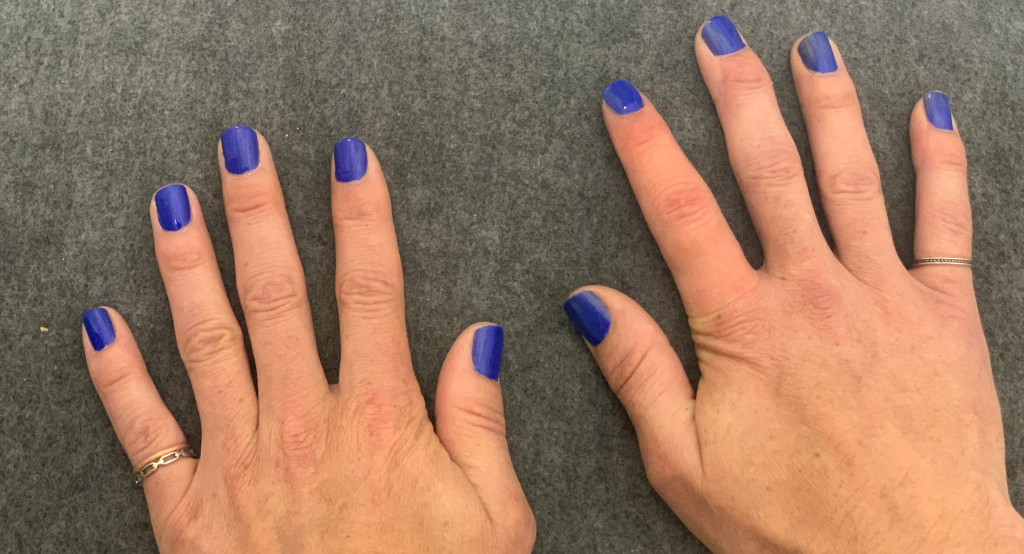
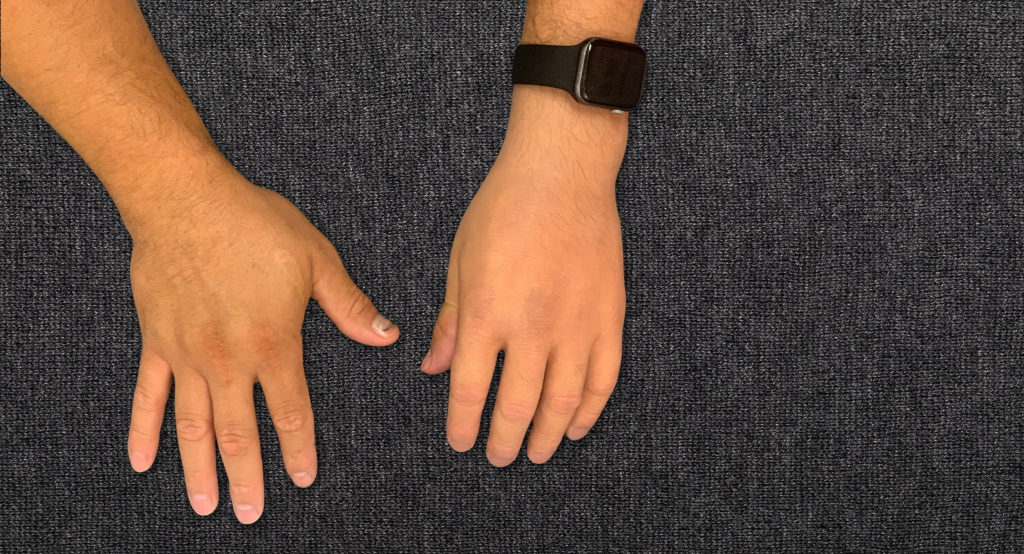
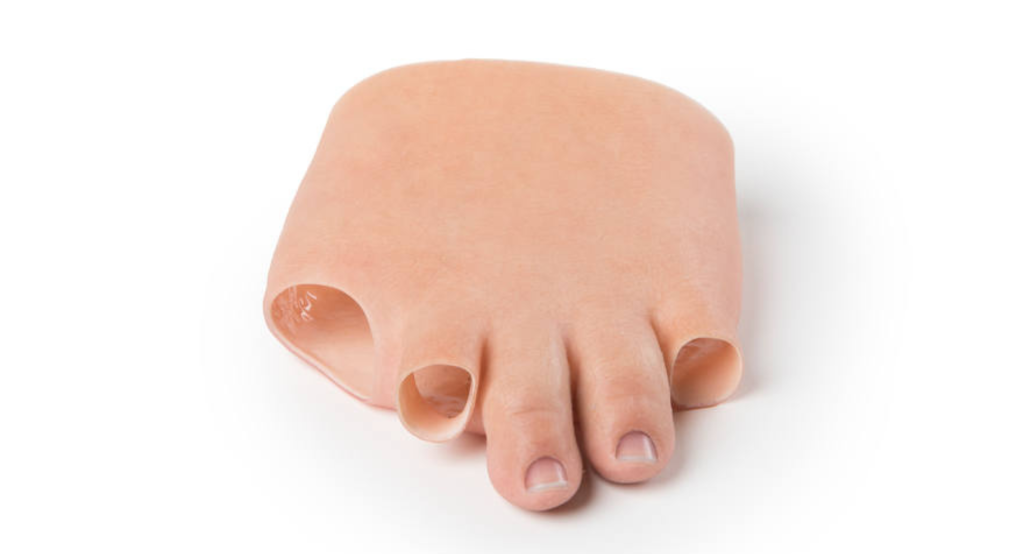
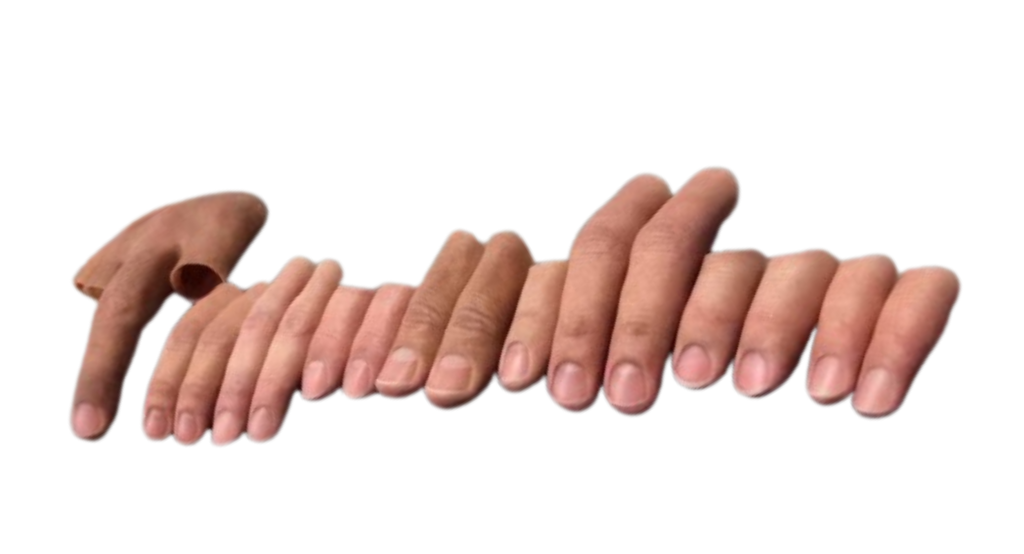
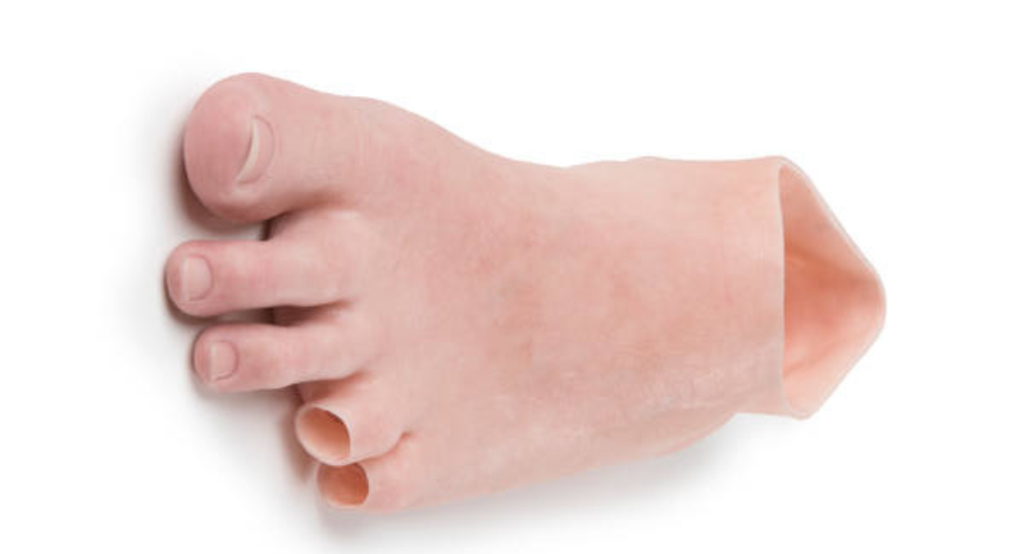
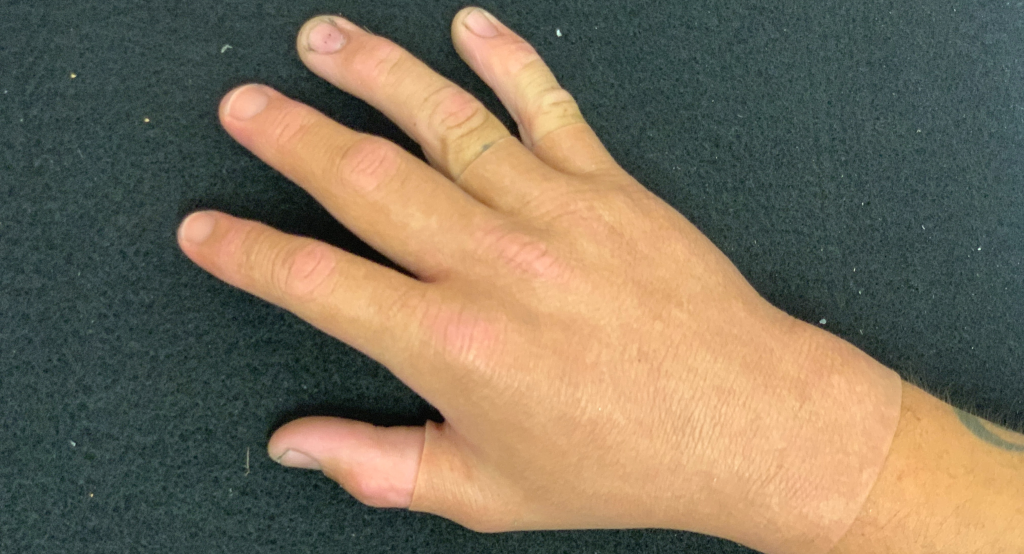
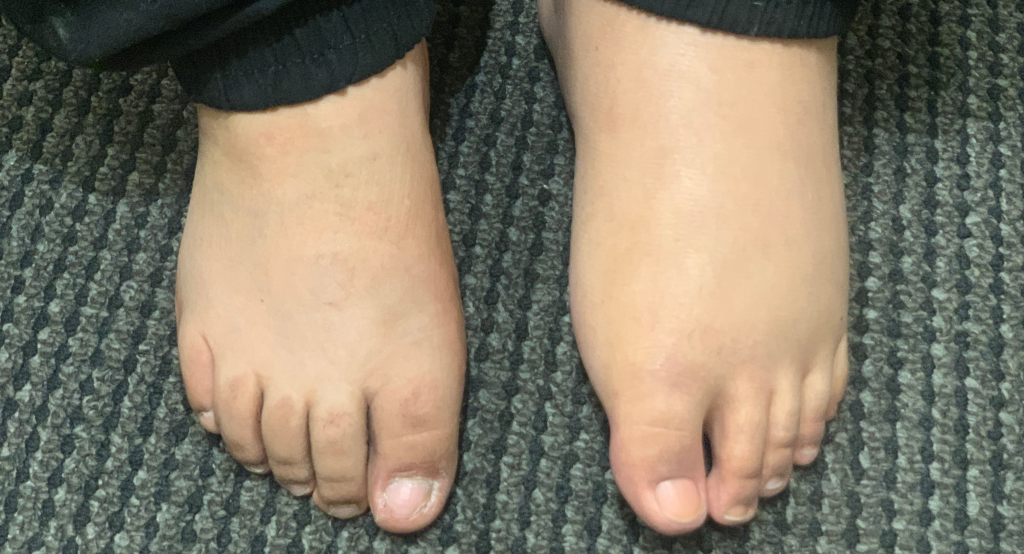
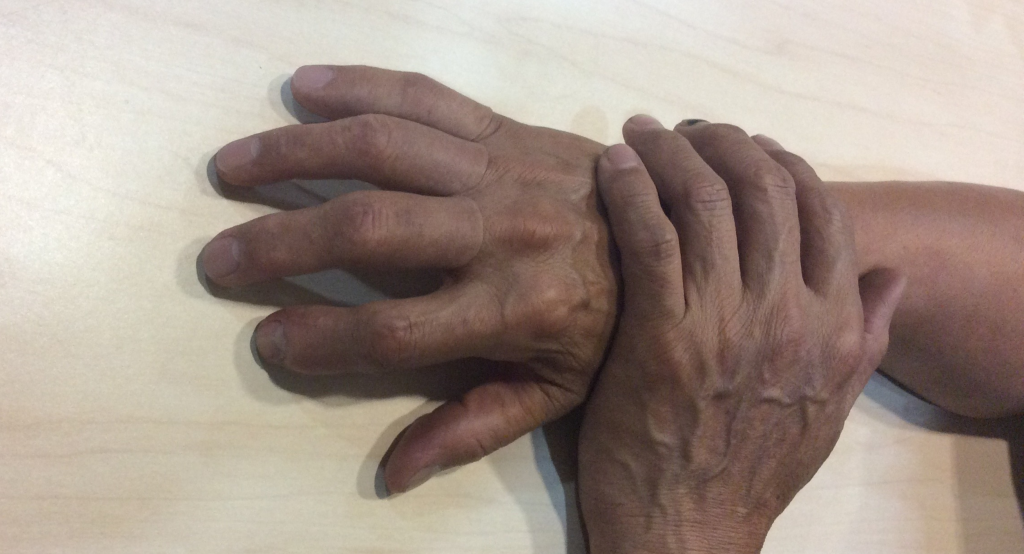
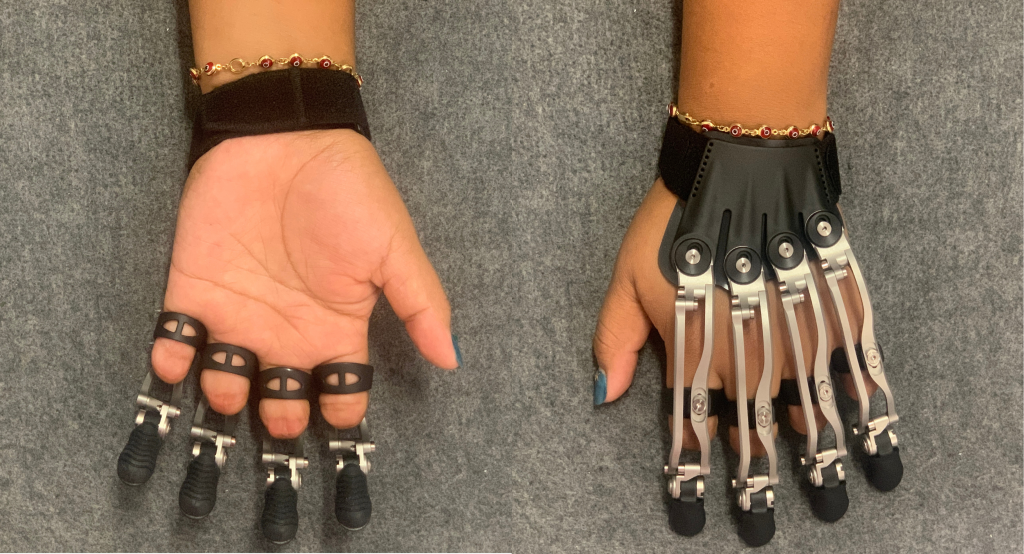
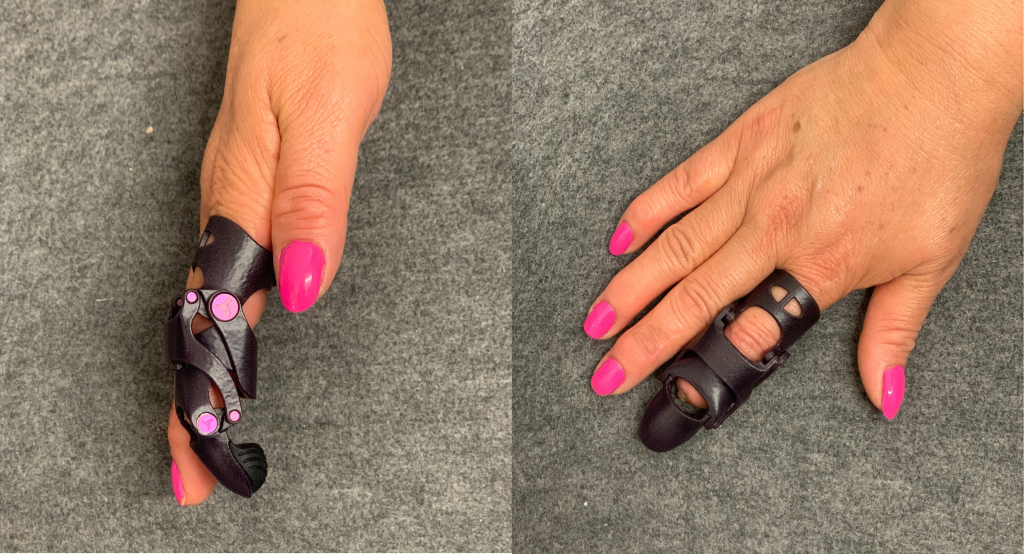
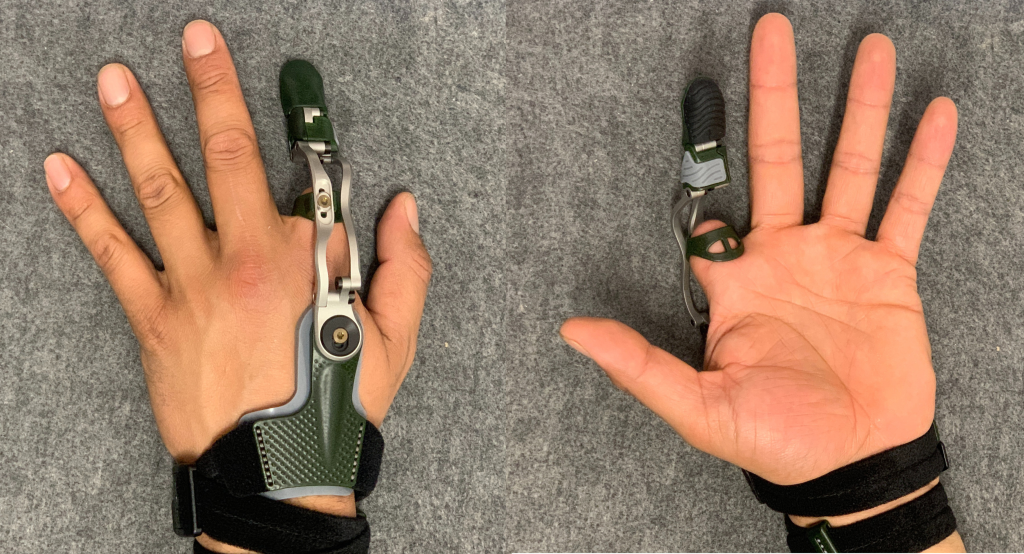
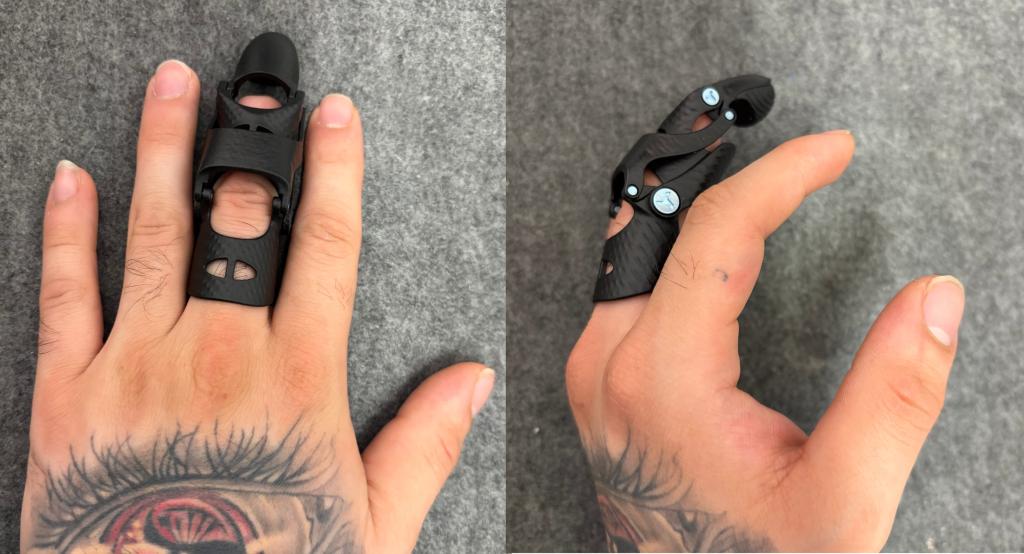
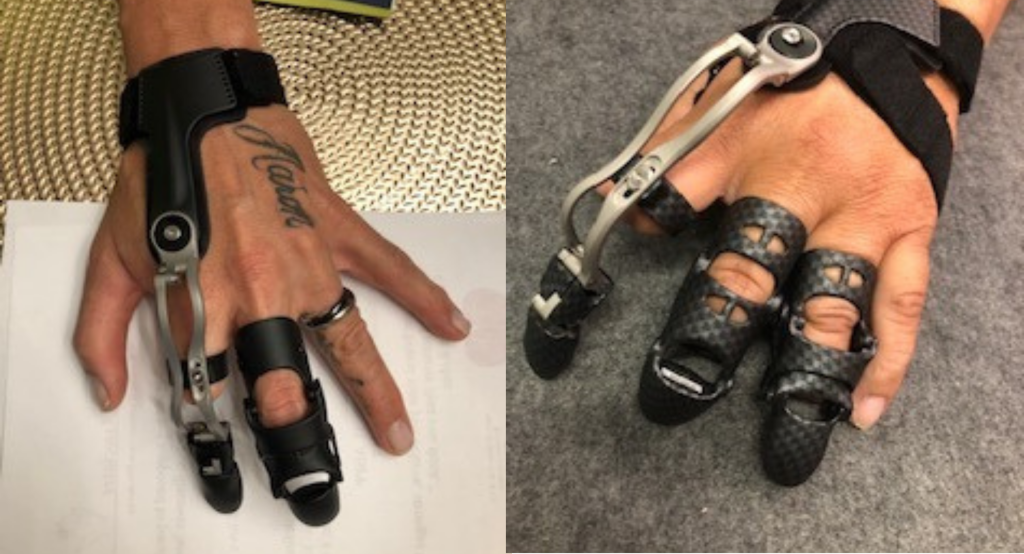
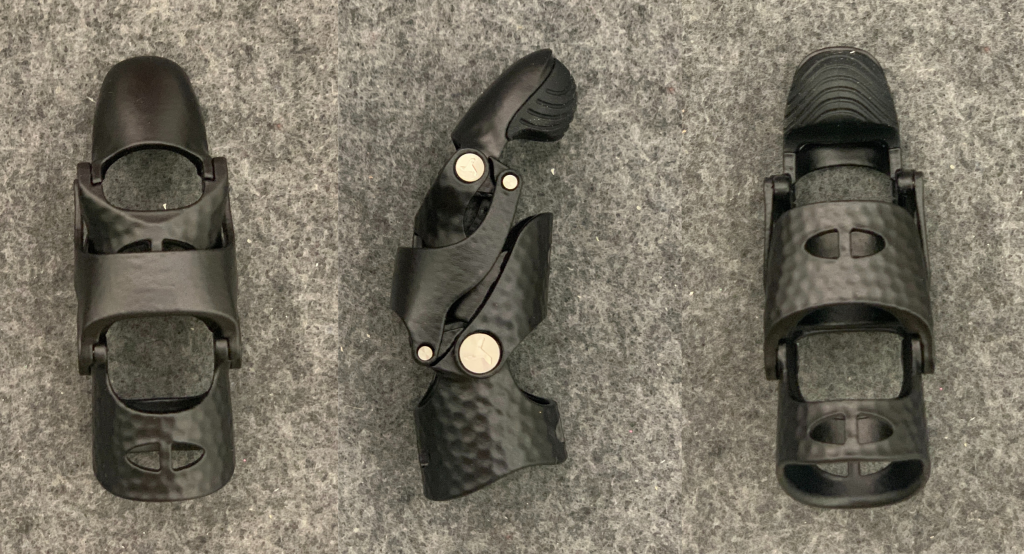
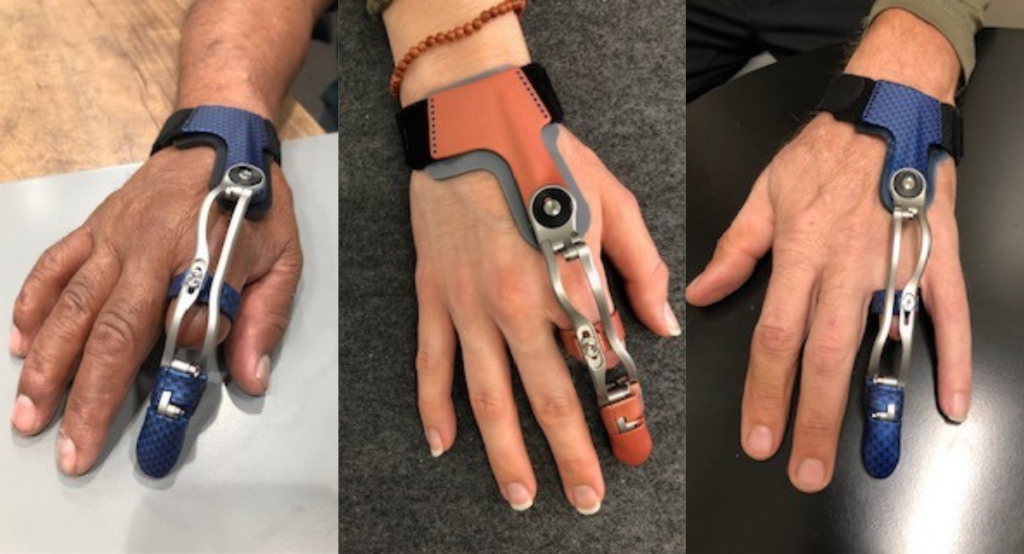
Functional Design
Prosthetics provide psychological, functional, and rehabilitative advantages for the client. Restoring a natural appearance helps to eliminate the trauma generated by the disability and represents an effective psychological therapy.
Finger and hand prosthetics provide a passive function such as pushing, pulling, stabilizing, supporting, light grasping, and typing.
2020 Special Profile Feature
